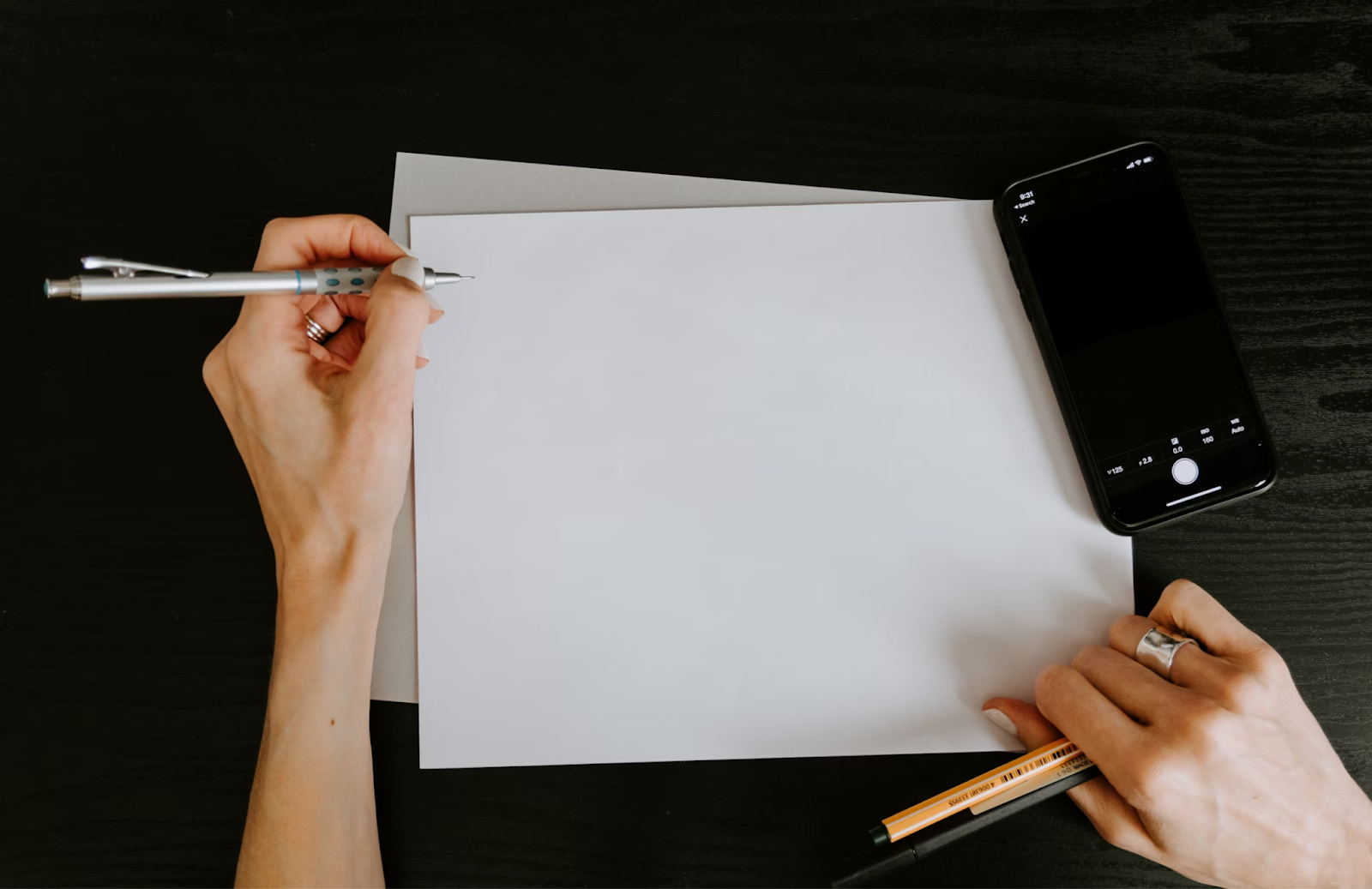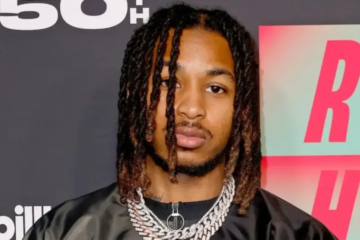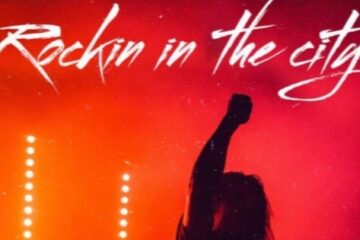Drawing is one of the most fundamental forms of human expression, dating back to prehistoric cave paintings. It’s a versatile medium that allows artists to convey emotions, tell stories, and capture the world around them. Throughout history, various drawing styles have emerged, each with its unique characteristics and appeal.
In this article, we’ll explore some of the most popular drawing styles and what makes each one special.
Realism: Capturing life as it is
Realism is a drawing style that aims to represent subjects as they appear in real life. This style requires meticulous attention to detail and a keen eye for observing the nuances of light, shadow, texture, and form.
Artists like Leonardo da Vinci and Rembrandt are famous for their realistic sketches and paintings. Realism is often used in portraiture, landscape art, and still life, where the goal is to create a lifelike representation of the subject.
Impressionism: The art of perception
Impressionism emerged in the late 19th century as a reaction against the rigidity of academic painting. This style is characterized by loose brushwork, vibrant colors, and an emphasis on capturing the fleeting effects of light and atmosphere.
While originally a painting movement, impressionist techniques can also be applied to drawing. Artists like Claude Monet and Edgar Degas used quick, expressive strokes to create a sense of movement and spontaneity in their work.
Abstract: Beyond the visible
Abstract drawing moves away from depicting the physical world and focuses on using shapes, colors, and lines to convey emotions and ideas. This style can be highly personal and open to interpretation, allowing viewers to find their own meanings in the work.
Abstract artists like Wassily Kandinsky and Jackson Pollock revolutionized the art world by breaking away from traditional forms and exploring the power of abstraction.
Cartooning: Simplification and exaggeration
Cartooning is a style of drawing that simplifies and exaggerates features to create humorous or satirical images. This style is widely used in comics, animation, and caricatures. Cartoon characters often have exaggerated facial expressions and body proportions to convey personality and emotion more vividly.
Artists like Walt Disney and Charles Schulz have made significant contributions to the world of cartooning, creating beloved characters that have stood the test of time.
Surrealism: Dreamscapes and fantasy
Surrealism is a style that delves into the realm of dreams, fantasy, and the subconscious mind. It often combines realistic elements with bizarre and fantastical imagery, creating a dreamlike atmosphere.
Surrealist artists like Salvador Dalí and René Magritte used their imagination to challenge reality and provoke thought. In drawing, surrealism allows artists to explore their inner worlds and create unique, otherworldly scenes.
Expressionism: Emotion over accuracy
Expressionism is a style that prioritizes emotional impact over realistic representation. This style uses bold lines, exaggerated forms, and intense colors to convey the artist’s feelings and reactions to the world around them.
Expressionist artists like Edvard Munch and Egon Schiele focused on capturing raw, visceral emotions in their work. In drawing, expressionism allows for a more subjective and personal approach, where the artist’s inner experiences take center stage.
Minimalism: The power of simplicity
Minimalism is a style that emphasizes simplicity and the use of minimal elements to create a powerful visual impact. This style strips away unnecessary details to focus on the essence of the subject.
Minimalist artists like Donald Judd and Agnes Martin use clean lines, geometric shapes, and limited color palettes to create works that are both striking and serene. In drawing, minimalism encourages artists to find beauty in simplicity and explore the power of negative space.
Anime and Manga: The art of Japanese comics
Anime and manga are popular drawing styles originating from Japan, characterized by distinctive features such as large eyes, exaggerated expressions, and dynamic poses. Manga refers to Japanese comic books, while anime refers to animated TV shows and movies.
Artists like Osamu Tezuka and Hayao Miyazaki have been influential in popularizing these styles worldwide. The appeal of anime and manga lies in their ability to tell engaging stories through a combination of expressive characters and intricate backgrounds.
Combining styles: Finding your unique voice
Many contemporary artists blend different drawing styles to create their unique artistic voice. Experimenting with various techniques and approaches can lead to innovative and exciting results.
For instance, an artist might combine the detailed observation of realism with the emotional intensity of expressionism or the dreamlike qualities of surrealism with the clean lines of minimalism. The possibilities are endless, and the fusion of styles can lead to the discovery of new artistic territories.
In conclusion, exploring different drawing styles is a journey that can greatly enhance an artist’s skills and creative vision. Whether you’re drawn to the meticulous detail of realism, the vibrant energy of impressionism, or the fantastical worlds of surrealism, each style offers its unique challenges and rewards.
As you experiment with these styles, you might even find yourself creating something entirely new and uniquely yours. Remember, the world of art is vast and full of opportunities for exploration and expression.If you’re inspired to dive into the world of different drawing styles and learn how to draw, websites like BioWars can provide a wealth of information and inspiration to get started on your artistic journey.




